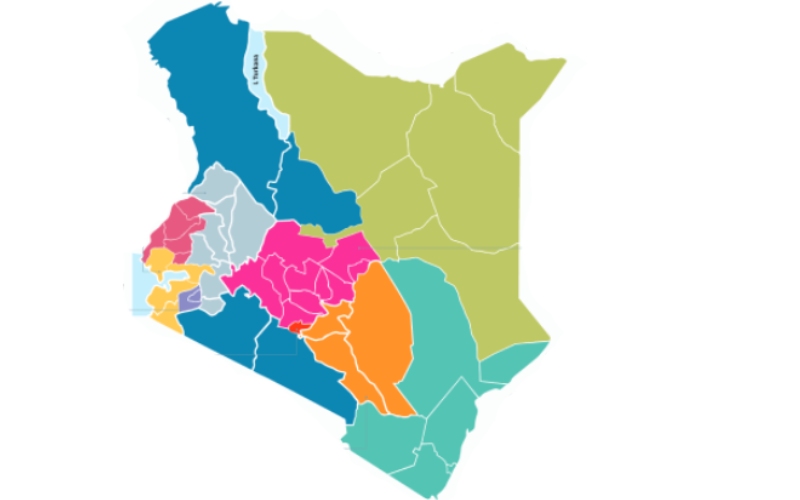×
The Standard e-Paper
Kenya's Bold Newspaper

At an ambitious 80 per cent voter turnout, under nine million votes are enough to make one a president. [Graphics, Standard]
There was palpable excitement when voter numbers were published in our intrepid media.